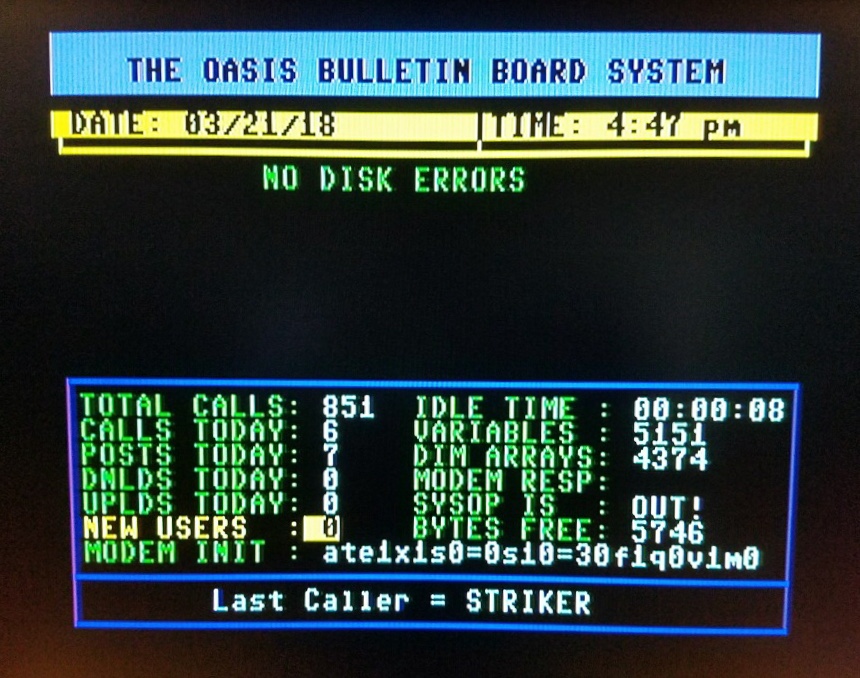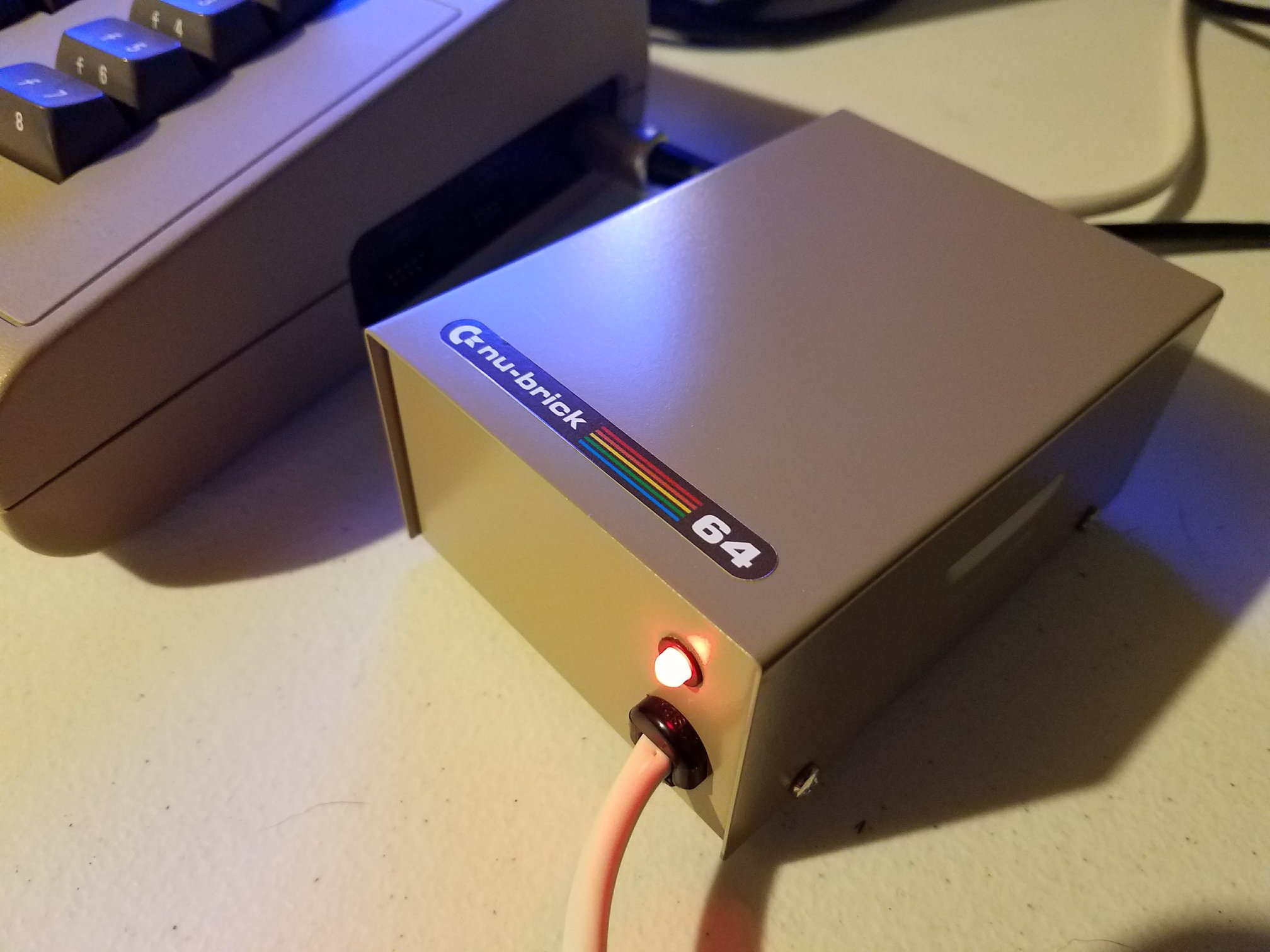In the latest episode, 8-Bit Guy and Dan Sanderson from the MEGA65 team demonstrate a MEGA65 computer and do a light comparison with a Commander X16.
The Commander X16 and the MEGA65 are two prominent figures in the realm of retro-inspired computers, each bringing its own flair and uniqueness to the table. While both pay homage to the golden era of computing, they do so in distinct ways, offering a blend of similarities and differences that cater to the diverse preferences of enthusiasts.
Similarities:
Retro Aesthetics:
Both the Commander X16 and the MEGA65 embrace the nostalgic aesthetics reminiscent of 8-bit computing. They echo the design ethos of classic machines, evoking a sense of nostalgia for enthusiasts and preserving the charm of vintage systems.
Modern Iterations:
Despite their vintage aesthetics, both computers integrate modern technologies. They aim to strike a balance between retro appeal and contemporary functionality, offering users the best of both worlds by marrying nostalgia with modern capabilities.
Community-Driven Development:
Both platforms thrive on community engagement and open-source development. Enthusiasts, programmers, and retro computing aficionados actively contribute to their ecosystems, fostering a collaborative environment for innovation and improvement.
Differences:
Architectural Approach:
The Commander X16 is designed around a 65C02 processor and offers a simpler, more approachable architecture reminiscent of classic systems like the Commodore 64. On the other hand, the MEGA65 pushes boundaries with its FPGA-based design, providing a more advanced and versatile computing experience with a focus on reconfigurability.
Form Factor and Features:
The Commander X16 typically presents itself in a more traditional form factor, resembling classic home computers. In contrast, the MEGA65 draws inspiration from the unreleased Commodore 65 prototype. Its form factor pays homage to the unreleased Commodore 65, embodying the essence of the classic desktop computers from that era.
Target Audience and Use Cases:
While both cater to retro enthusiasts, the Commander X16 often appeals to those seeking a more authentic retro computing experience with its simpler architecture. On the flip side, the MEGA65, with its FPGA-based design and additional features, might attract users who desire a blend of retro aesthetics with more modern computing capabilities and flexibility.
Uniqueness:
Commander X16:
- Focused on simplicity and authenticity of 8-bit computing.
- Classic 65C02 processor and a more traditional approach to architecture.
- Emphasis on community-driven development and accessible retro computing.
MEGA65:
- FPGA-based design allows for greater reconfigurability and versatility.
- Pays homage to the unreleased Commodore 65 prototype, embodying its essence and design principles.
- Blurs the lines between retro aesthetics and modern functionality.
In essence, while the Commander X16 and MEGA65 share a reverence for the past, they chart different paths in the realm of retro-inspired computing. Whether one is drawn to the authenticity of simpler 8-bit architectures or seeks the versatility and innovation of FPGA-based designs, both machines offer unique experiences that celebrate the golden age of computing in their own distinctive ways. Ultimately, the choice between them hinges on individual preferences and the desired balance between nostalgia and modern functionality.







